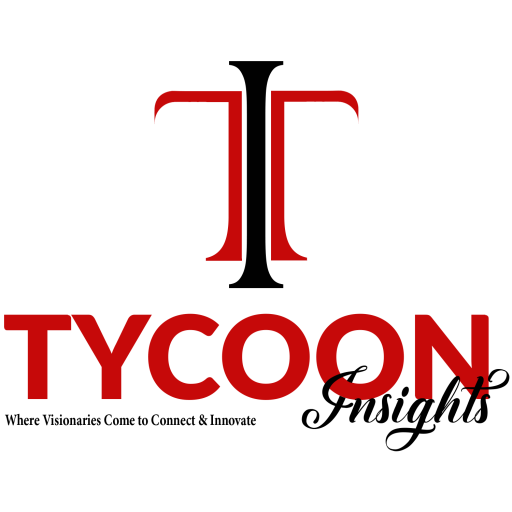The Ultimate Guide to Building a Successful Global Business
In today’s interconnected world, expanding your business globally is more achievable than ever before. However, building a successful global business requires more than just ambition. It involves careful planning, strategic execution, and an understanding of diverse markets. This comprehensive guide will provide you with the insights and tools needed to navigate the complexities of international business and set you on the path to global success.
Understanding Global Markets
Importance of Market Research
Before venturing into international markets, extensive market research is crucial. Understanding the nuances of different markets helps in tailoring your approach to meet the specific needs and preferences of local consumers. Market research should encompass:
- Economic conditions
- Cultural norms and values
- Consumer behavior
- Competitive landscape
- Regulatory environment
Identifying Target Markets
Not all markets will be suitable for your business. Identifying the right target markets involves evaluating factors such as market size, growth potential, and the competitive environment. Look for markets with high demand for your products or services and fewer barriers to entry.
Analyzing Competitors
Understanding your competitors in the target market can provide valuable insights. Analyze their strengths and weaknesses, market share, pricing strategies, and customer engagement tactics. This information will help you position your business effectively and identify opportunities to differentiate your offerings.
Developing a Global Strategy
Setting Clear Objectives
Define what success looks like for your global business. Are you aiming for increased revenue, market share, or brand recognition? Setting clear, measurable objectives will guide your strategy and help track progress.
Tailoring Products and Services
Adapting your products or services to meet the specific needs of each market is essential. This might involve modifying features, packaging, pricing, or even the product itself. Consider local tastes, preferences, and cultural sensitivities to ensure your offerings resonate with consumers.
Creating a Robust Marketing Plan
A well-crafted marketing plan is vital for reaching your target audience. Leverage a mix of traditional and digital marketing channels, and tailor your messaging to align with local customs and languages. Consider partnering with local influencers and leveraging social media platforms popular in the region to enhance your brand’s visibility.
Establishing a Local Presence
Choosing the Right Entry Mode
There are several ways to enter a new market, including exporting, franchising, joint ventures, and wholly-owned subsidiaries. Each entry mode has its advantages and disadvantages. Choose the one that aligns best with your business goals, resources, and risk tolerance.
Building Local Partnerships
Forming strategic partnerships with local businesses can facilitate your market entry and growth. Local partners can provide valuable insights into market dynamics, help navigate regulatory hurdles, and enhance your distribution network.
Hiring Local Talent
Hiring local employees can give your business a competitive edge. Local talent brings an understanding of cultural nuances and consumer behavior, which can inform your business strategy and operations. Invest in training and development to ensure your team is aligned with your global business objectives.
Navigating Legal and Regulatory Hurdles
Understanding Local Regulations
Compliance with local laws and regulations is critical for operating a successful global business. This includes understanding labor laws, tax regulations, import/export restrictions, and industry-specific requirements. Engage legal experts to navigate these complexities and avoid potential pitfalls.
Protecting Intellectual Property
Intellectual property (IP) protection is crucial when expanding internationally. Ensure your trademarks, patents, and copyrights are registered in each target market. This safeguards your innovations and brand reputation from infringement.
Managing Risks
Expanding into new markets involves various risks, including political instability, currency fluctuations, and cultural misunderstandings. Develop a risk management plan to identify potential risks and outline strategies to mitigate them. This might include diversifying your markets, securing insurance, and establishing contingency plans.
Leveraging Technology and Innovation
Utilizing Digital Tools
Technology plays a pivotal role in global business operations. Utilize digital tools for market research, customer relationship management (CRM), supply chain management, and communication. Cloud-based solutions can streamline operations and enhance collaboration across geographies.
Embracing E-commerce
E-commerce is a powerful channel for reaching global consumers. Establish an online presence through a well-designed website and leverage international e-commerce platforms. Ensure your site supports multiple languages and currencies to cater to diverse customer bases.
Investing in Innovation
Innovation drives competitiveness in global markets. Continuously invest in research and development to improve your products and services. Stay abreast of technological advancements and industry trends to maintain a competitive edge.
Financial Planning and Management
Budgeting for Global Expansion
Global expansion requires significant financial investment. Develop a detailed budget that accounts for market research, product adaptation, marketing, legal fees, and operational costs. Monitor expenses closely to ensure you stay within budget and achieve a return on investment.
Securing Funding
Securing adequate funding is crucial for your global expansion plans. Explore various financing options, including loans, venture capital, and government grants. Present a compelling business case to potential investors, highlighting the growth potential and profitability of your international strategy.
Managing Currency Risks
Currency fluctuations can impact your profitability. Implement strategies to manage currency risks, such as using hedging instruments, pricing products in stable currencies, and diversifying your market portfolio to spread the risk.
Building a Strong Brand
Establishing Brand Identity
A strong brand identity resonates with consumers and differentiates your business from competitors. Develop a consistent brand message that reflects your values and mission. Tailor your branding efforts to align with local cultures while maintaining a cohesive global identity.
Leveraging Social Media
Social media is a powerful tool for building brand awareness and engaging with customers. Create localized social media campaigns that resonate with target audiences. Monitor and respond to customer feedback promptly to build trust and loyalty.
Maintaining Consistency
Consistency in brand messaging, customer service, and product quality is crucial for building a reputable global brand. Ensure all team members, regardless of location, understand and uphold your brand standards.
Understanding Cultural Differences
Adapting Communication Styles
Effective communication is key to successful international business. Adapt your communication style to suit different cultural contexts. This includes being aware of language nuances, non-verbal cues, and cultural etiquette.
Building Cross-Cultural Competence
Invest in cross-cultural training for your team to enhance their understanding of different cultures. This will improve their ability to interact effectively with international clients, partners, and employees, fostering a more inclusive and collaborative work environment.
Respecting Local Customs
Showing respect for local customs and traditions can enhance your business relationships. Take the time to learn about the cultural norms in each market and demonstrate your appreciation for their values and practices.
Scaling Operations Globally
Streamlining Supply Chains
Efficient supply chain management is critical for scaling your global operations. Develop a robust supply chain strategy that includes reliable suppliers, efficient logistics, and contingency plans for potential disruptions.
Implementing Standardized Processes
Standardizing processes across your global operations ensures consistency and efficiency. Implement best practices and standardized procedures for key business functions, such as production, quality control, and customer service.
Investing in Technology Infrastructure
Investing in technology infrastructure supports your global operations by enabling seamless communication, data management, and process automation. Leverage enterprise resource planning (ERP) systems and other technology solutions to streamline operations and enhance productivity.
Conclusion
Building a successful global business is a multifaceted endeavor that requires careful planning, strategic execution, and a deep understanding of diverse markets. By conducting thorough market research, developing a robust global strategy, and leveraging technology, you can navigate the complexities of international business and achieve sustainable growth. Remember to respect cultural differences, build strong local partnerships, and maintain a consistent brand identity. With dedication and perseverance, your business can thrive on the global stage, unlocking new opportunities and driving long-term success.









